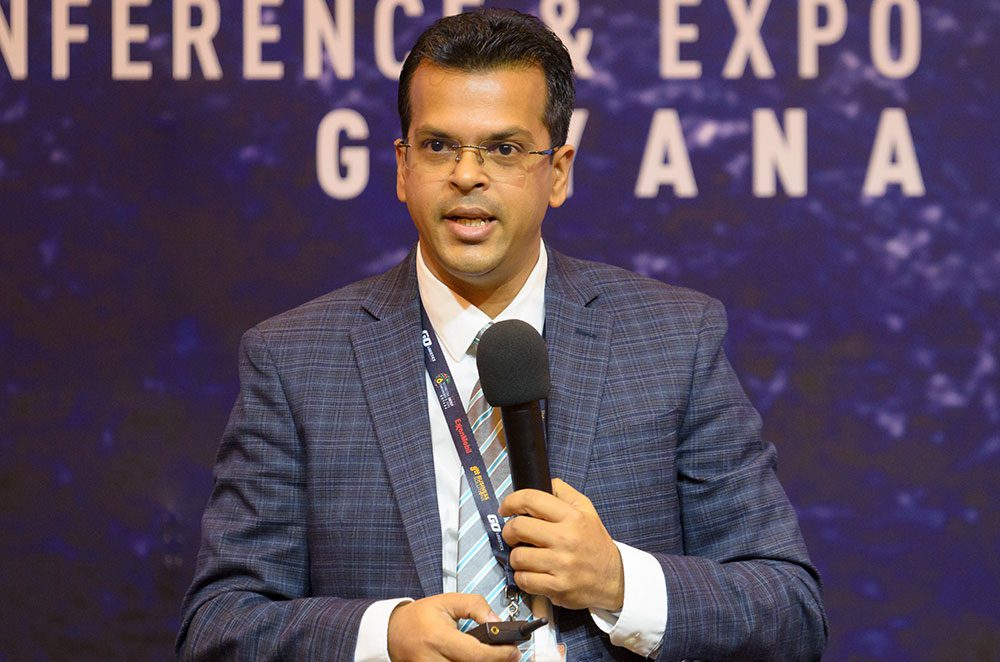By the end of this year, the Guyana Energy Agency (GEA) is expected to complete installations, adding up to 757 kilowatts (kW) of solar capacity in hinterland communities.
The project forms part of the government’s aggressive push to expand renewable energy and reliable electricity throughout the length and breadth of Guyana. According to GEA’s Chief Executive Officer (CEO), Dr. Mahender Sharma, the agency has already installed nine mini solar grids in the hinterland since 2020.
Areas in which these projects have been completed are Yarakita and Hotoquai (Region One), Akawini, Bethany and Kabakaburi (Region Two), Chinoweg and Phillipai (Region Seven), Monkey Mountain (Region Eight) and Achiwab (Region Nine).
This all amounts to 156 kW of installed solar power capacity.
By the end of 2022, 19 additional mini-grids that total 601 kW are expected to be completed in Baramita, Canal Bank, Haimacabra, Kwebana, Karaburi and Sebai (Region One), Wakapoa, St. Monica, Capoey and Tapakuma (Region Two), Waramadong, Jawalla and Paruima (Region Seven).
Other areas that will be serviced include Kurukabaru (Region Eight), Karasabai, Aishalton, Kraudarnau and Annai (Region Nine) and Riversview (Region 10). Once installed, this means that a total of 28 mini solar grid systems would have been completed since 2020.
Last week, during a contract signing for the construction of a GY$362.4 million, 686 kW solar farm in Mahdia, Region Eight, Sharma had noted the impact these projects have, not only on providing reliable energy, but also saving money that would otherwise have gone to purchasing heavy fuel oil (HFO).
The project at Mahdia follows a 0.4 MW mini solar project at Mabaruma and a 1 MW project at Lethem. The latter was commissioned in August of 2022 and has so far displaced 70,000 litres of fuel (close to 450 drums of diesel).
Sharma noted that this is all part of the plan to expand the use of renewable energy.
The solar farm project in Mahdia is being funded by the Inter-American Development Bank (IDB), through its Energy Matrix Diversification and Strengthening of the Department of Energy (EMISDE) programme and was awarded to contractor Standby Power Engineering Company (SPECOM).



